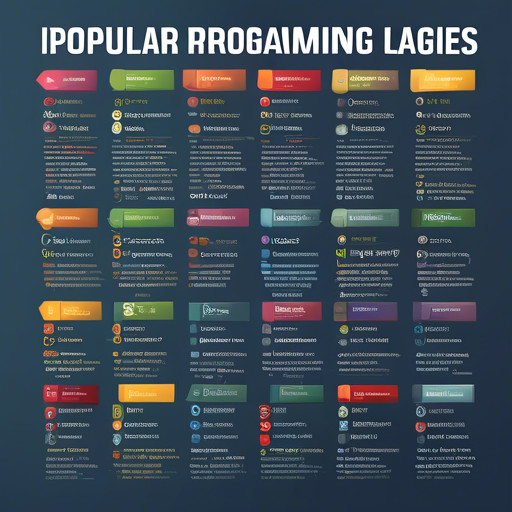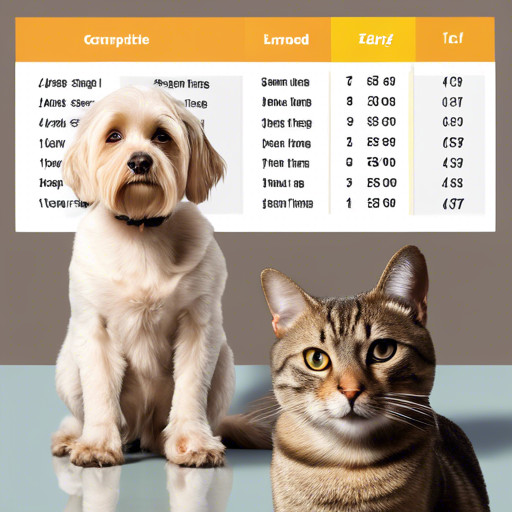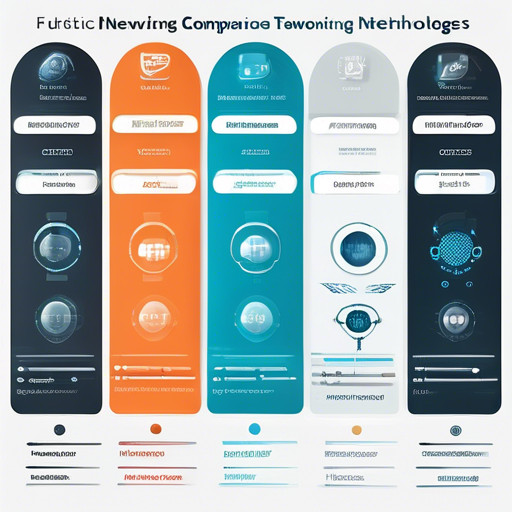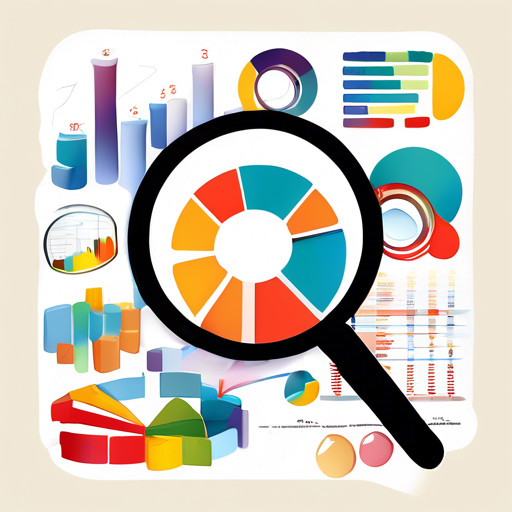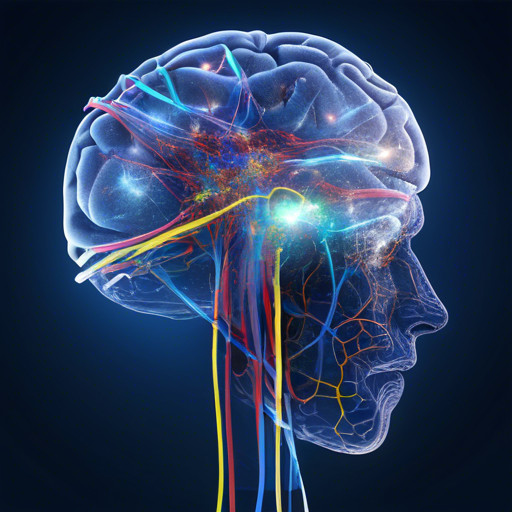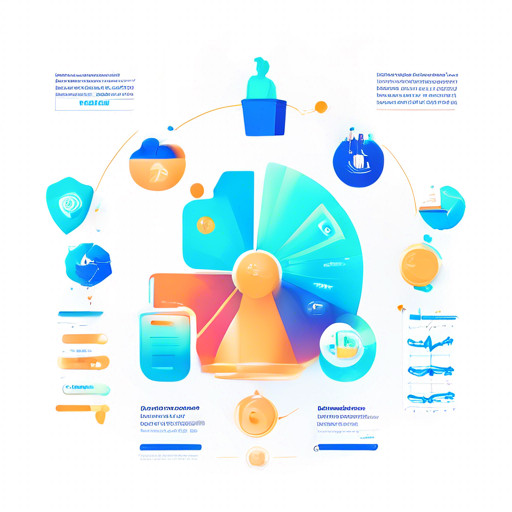
In the ever-evolving landscape of software development, a comparative analysis of popular programming languages reveals critical insights into their strengths and weaknesses. By examining languages such as Python, Java, C++, and JavaScript, developers can make informed decisions based on performance, ease of use, and community support. This analysis not only highlights the syntax and semantics of each language but also delves into their application domains, scalability, and efficiency. Understanding these key factors is essential for programmers seeking to optimize their coding practices and enhance productivity. Ultimately, this comparative study serves as a valuable resource for both novice and experienced developers navigating the complexities of programming languages.
The comparative analysis of popular programming languages focuses on evaluating their unique features and capabilities in various contexts. By exploring aspects such as execution speed, memory management, and cross-platform compatibility, this examination provides a nuanced understanding of how different languages cater to specific development needs. Additionally, the study considers the impact of language paradigms, such as object-oriented versus functional programming, on software design and architecture. Through this lens, developers can discern which programming languages align best with their project requirements and personal preferences. This exploration not only aids in selecting the right tools for the job but also fosters a deeper appreciation for the diverse ecosystem of programming languages available today.Sure! Please provide the text you would like me to use for creating the subheadings and content.html
| Programming Language | Year Created | Paradigm | Use Cases | Popularity (TIOBE Index 2023) | Strengths | Weaknesses |
|---|---|---|---|---|---|---|
| Python | 1991 | Multi-paradigm (Procedural, Object-oriented, Functional) | Web Development, Data Science, Automation, AI | 1 | Easy to learn, Extensive libraries, Strong community | Slower execution speed, Not suitable for mobile development |
| Java | 1995 | Object-oriented | Enterprise Applications, Android Development, Web Applications | 2 | Platform-independent, Strong performance, Robust security features | Verbose syntax, Slower than some languages |
| JavaScript | 1995 | Multi-paradigm (Event-driven, Functional, Imperative) | Web Development, Server-side Development, Mobile Applications | 3 | Versatile, Asynchronous programming, Large ecosystem | Browser compatibility issues, Can be difficult to debug |
| C# | 2000 | Object-oriented | Game Development, Web Applications, Desktop Applications | 4 | Strongly typed, Rich library support, Good for Windows applications | Windows-centric, Less community support compared to Java |
| C++ | 1985 | Multi-paradigm (Procedural, Object-oriented, Generic) | System Software, Game Development, Real-time systems | 5 | High performance, Control over system resources, Extensive libraries | Complex syntax, Steeper learning curve |
The comparative analysis of popular programming languages reveals distinct characteristics that cater to various development needs. Python stands out for its simplicity and versatility, making it ideal for beginners and data-centric applications. Java, with its robust security and platform independence, is favored for enterprise-level applications. JavaScript remains the backbone of web development due to its asynchronous capabilities and extensive ecosystem. C# is a strong contender in game and Windows application development, while C++ offers unparalleled performance for system-level programming. Each language has its strengths and weaknesses, making the choice highly dependent on the specific requirements of a project.


